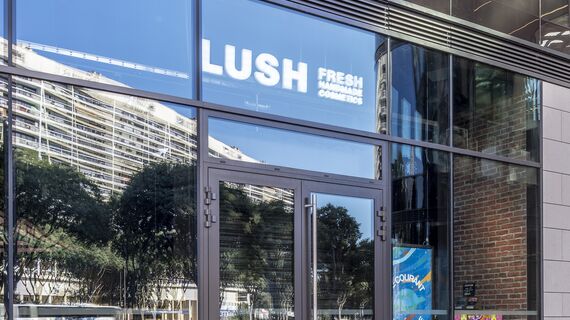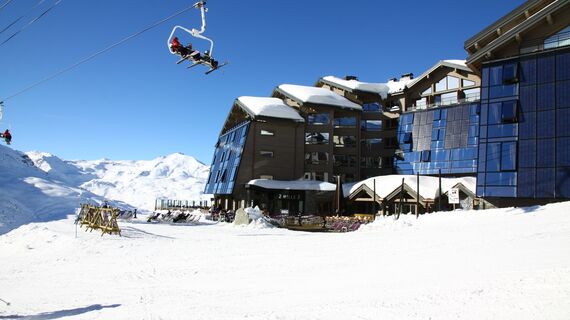- Cabinet Joyau
- Plano1
Historial De La Vendée Museum
The new Historial de la Vendée museum, located in the vicinity of the village of Les Lucs-sur-Boulogne and nestling in the undulating landscape, offers an impression of the region’s eventful history from prehistoric times to the 21st century. The museum’s architecture is determined by its location – whilst the building also adds that something extra to the landscape. The client’s apparently paradoxical wish was to create an appealing cultural building that would also fit in well with the landscape without being highly conspicuous. PLAN01’s architects complied with this wish by designing a museum hidden under a roof comprised of planes sown with grass. They refer to an inconspicuous building, to the ambiguity between a discreet and expressive presence, and to embedding and elevation – since the growing number of visitors to the area is symbolic of the immersion in the history of the Vendée, and of an emotive development that elevates the region to a higher level. The museum opened in June 2006, and has a total floor area of six thousand square metres. It offers the public a three-dimensional interactive adventure and exhibitions of the collections using the very latest multimedia technologies, all set against the expressive decor of an artificial landscape. The building plan revealed an evident wish to merge the Historial into the landscape, and to integrate the building into a nineteen-hectare nature reserve on the banks of the Boulogne River. PLAN01, a collective comprised of four architectural firms, was awarded the contract in view of its success in interpreting this wish in its design. This new-generation museum reflects the powerful personalities of PLAN01’s ten architects, who succeeded in developing a collective and innovative design method in their ideas laboratory.
VEGETATION ROOF AND CURTAIN WALLS
The museum’s roof, comprised of eight thousand square metres of geometric planes covered with vegetation, integrates the monochrome bronze-green building into the landscape, while its glass façades offer visitors a view of the river. The development of the complex profile of the roof, using models and 3-D modelling, was an extremely painstaking task. The roof is comprised of a number of planes which fit in with the landscape and simultaneously give the building the expressiveness it needs to distinguish itself from its natural surroundings. “The museum leaves visitors guessing, under its geometric roof with edges that separate themselves from the natural surroundings and which create openings that allow light to enter the reception areas and render the building’s façades visible,” according to the architects. The left half of the steel structure is divided into triangles, each of a different surface area. The entire surface of the roof is clad with ten-centimetre thick foam glass bonded at the top and bottom with a layer of bitumen. This bears a perforated steel container. The laminated cellular glass structure insulates the building and renders it watertight. A light vegetative cover is laid out over the structure. An artificial irrigation system installed in the broad under-layer of the roof is indispensible for the viability of this roof covering, which resembles soil-less cultivation. In the spring, the roof becomes a floating meadow, with grass that can grow to a height of between thirty and sixty centimetres.
WINDOW ON THE LANDSCAPE
compact section in the form of a W divides the exhibition area between two main buildings, thereby reducing the building’s impact on the landscape and creating an optimal entrance to a central hall with two adjacent galleries. “We met the requirement for variable-sized exhibition areas by designing a building with a uniform structure that includes a portal structure with a span of 21 metres.” This demarcates the two 450 m2 main areas, each of which is comprised of two levels (of up to six metres high for the exhibition and storage areas, and six to nine metres high for the grid for the technical facilities and the beams), thereby rendering them ideally suited to their purpose. The rising edges of the roof above the south façade create space for an enormous glazed area that offers natural lighting in the hall and galleries, and which provides a view of the landscape of the Boulogne River. This curtain wall has a vertical structure without horizontal bars; the profiles, spaced at 1.20 metre intervals, are flat on the inside and textured on the outside. The glass façade is designed with a series of pleats which are not parallel to the edge of the roof. The pleated glass façade, of varying height, was constructed using Reynaers’ CW 50 system; in the absence of cross-bars, the façade resembles a bonded glazing system. Manufacturing the various differently-sized panels for the curtain wall was extremely complex. Moreover, the glass façades are separated from the steel structure, and are supported horizontally by a system of connecting plates that accommodate an expansion of 10 centimetres over the width of the span. Apart from the structural aspects involved in creating a plain continuous window on the landscape, the Historial is undeniably a marvellous work of art that enriches the hedgerow landscape of the Vendée.
Used systems
- ConceptWall 50
- CW 50-FV
Involved stakeholders
Architect
- Cabinet Joyau
- Plano1
Fabricator
- Seralu
Photographer
- Frédéric Delangle
- Stéphane Chalmeau
Other stakeholder
- Conseil Général de Vendée (Investors)







